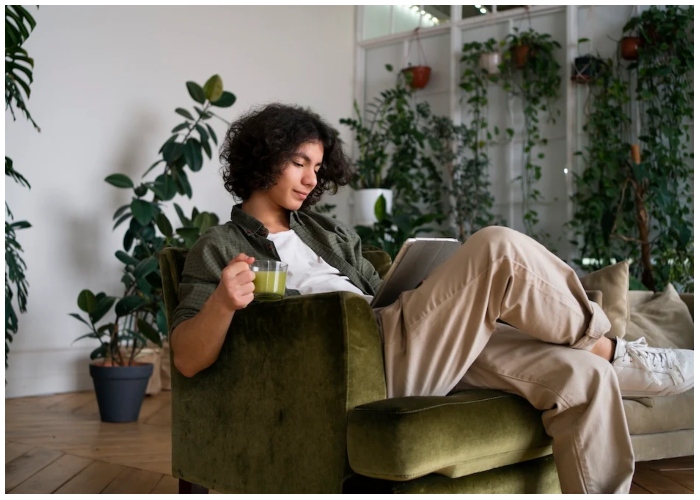In a world that’s constantly on fast forward, an unexpected movement is gaining quiet momentum: slow living. It’s not about quitting your job to lounge in silk pajamas all day (though you can). It’s about resisting burnout culture by choosing gentleness, calm, and ease wherever possible. As more people adopt this slower rhythm, soft living is shaping up to be more than a mood—it’s a lifestyle shift.
What Is Soft Living, Exactly?
Soft living is a conscious rejection of hustle-for-hustle’s-sake. It values emotional well-being over productivity metrics, rest over rigidity, and self-compassion over comparison. While it might sound passive on the surface, it’s actually a deeply intentional way of existing—one that prioritizes slow mornings, thoughtful habits, and meaningful connections.
For some, it looks like journaling before checking emails. For others, it’s setting boundaries with work, spending more time in nature, or embracing hobbies that feel nourishing rather than impressive. There’s no one-size-fits-all version. Soft living simply asks: What would your life look like if peace was the priority?
Where It Comes From—and Why It Matters
Soft living is part of a broader cultural reaction to years of go-go-go energy. Between work-from-home burnout, the blurring of personal and professional lives, and societal pressure to constantly achieve, people are feeling emotionally exhausted. The result? A craving for softness—in schedule, in space, and in spirit.
This movement shares DNA with concepts like slow living, minimalism, and mindfulness, but it carries its flavor. Where minimalism focuses on less, soft living focuses on ease. Where hustle culture shouts “push harder,” soft living whispers “pause, breathe.”
In many ways, it’s a rebellion against perfectionism and the myth that doing more equals being more. It gives people permission to opt out of the race and redefine success on their own terms.
Soft Living in Everyday Life
So what does soft living actually look like day-to-day? It doesn’t mean avoiding responsibilities—it means approaching them with care instead of urgency. Here are a few ways people are bringing softness into their routines:
- Starting the day slower: Instead of diving into tasks, soft living encourages morning rituals—stretching, sipping coffee slowly, or even just taking five quiet minutes before turning on devices.
- Reclaiming leisure: Reading for pleasure, crafting, cooking without a recipe, or simply sitting in the sun becomes valuable, not wasted, time.
- Saying no more often: Boundaries are a key pillar of soft living. It’s okay to turn down social invitations or decline extra work if it protects your peace.
- Creating cozy spaces: A soft environment supports a soft life. Think warm lighting, comfortable textures, and music that makes you feel good.
Soft living is about adding cushions—literal and metaphorical—to the sharp edges of daily life.
It’s Not Laziness—It’s Emotional Sustainability
Critics sometimes dismiss soft living as unrealistic or self-indulgent. But in reality, it’s a form of emotional sustainability. Just like our environment needs care to thrive, so do our minds and bodies. Constant output without recovery is a recipe for collapse, on every level.
Soft living doesn’t mean giving up on ambition. It means pursuing your goals with balance and grace. It invites you to rest without guilt and to value quiet achievements just as much as loud ones.

People who embrace this lifestyle often report more clarity, better mental health, and a renewed sense of creativity. When the pressure lifts, space opens up—for joy, for curiosity, and for growth that doesn’t feel forced.
Soft living isn’t about escaping life. It’s about meeting it differently. It’s choosing warmth over grind, intention over autopilot, and softness over stress. And in a world that keeps asking for more, choosing less—more gently—might be the most powerful thing you can do.